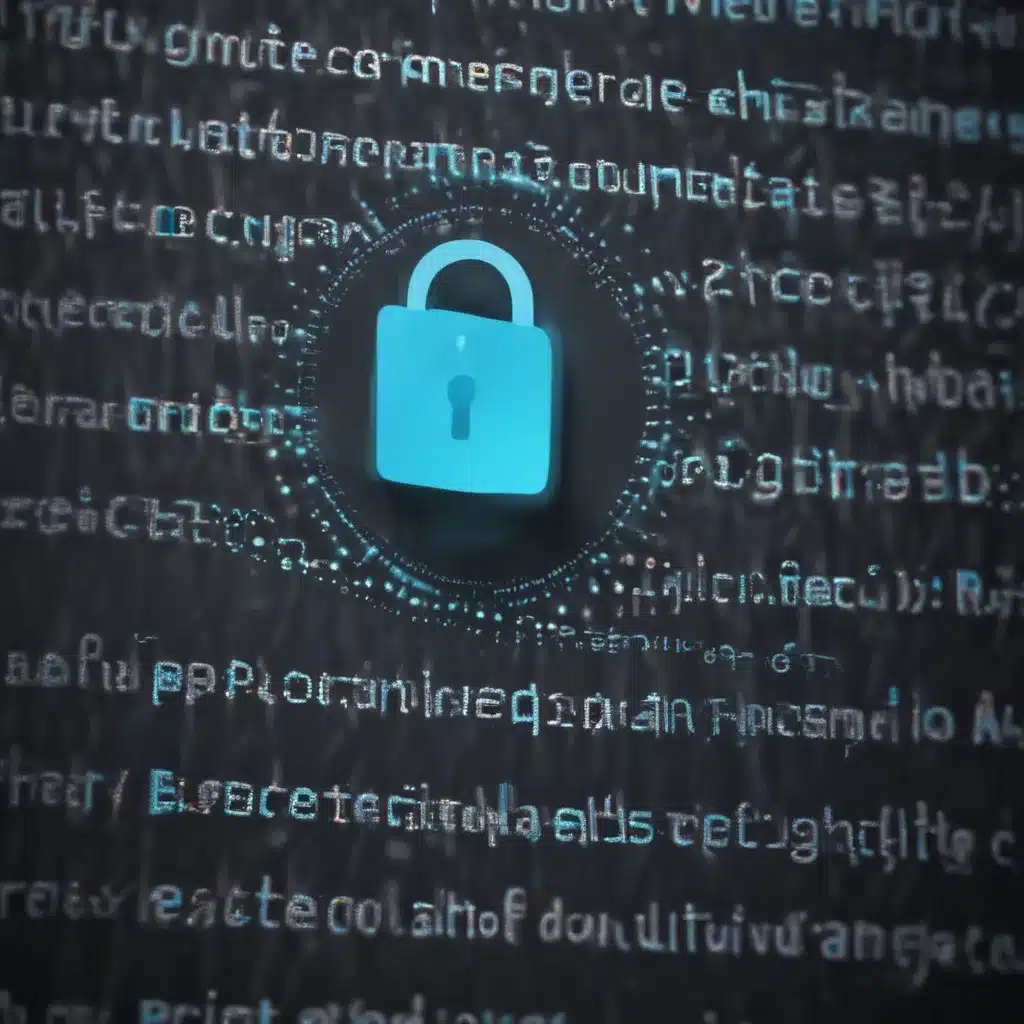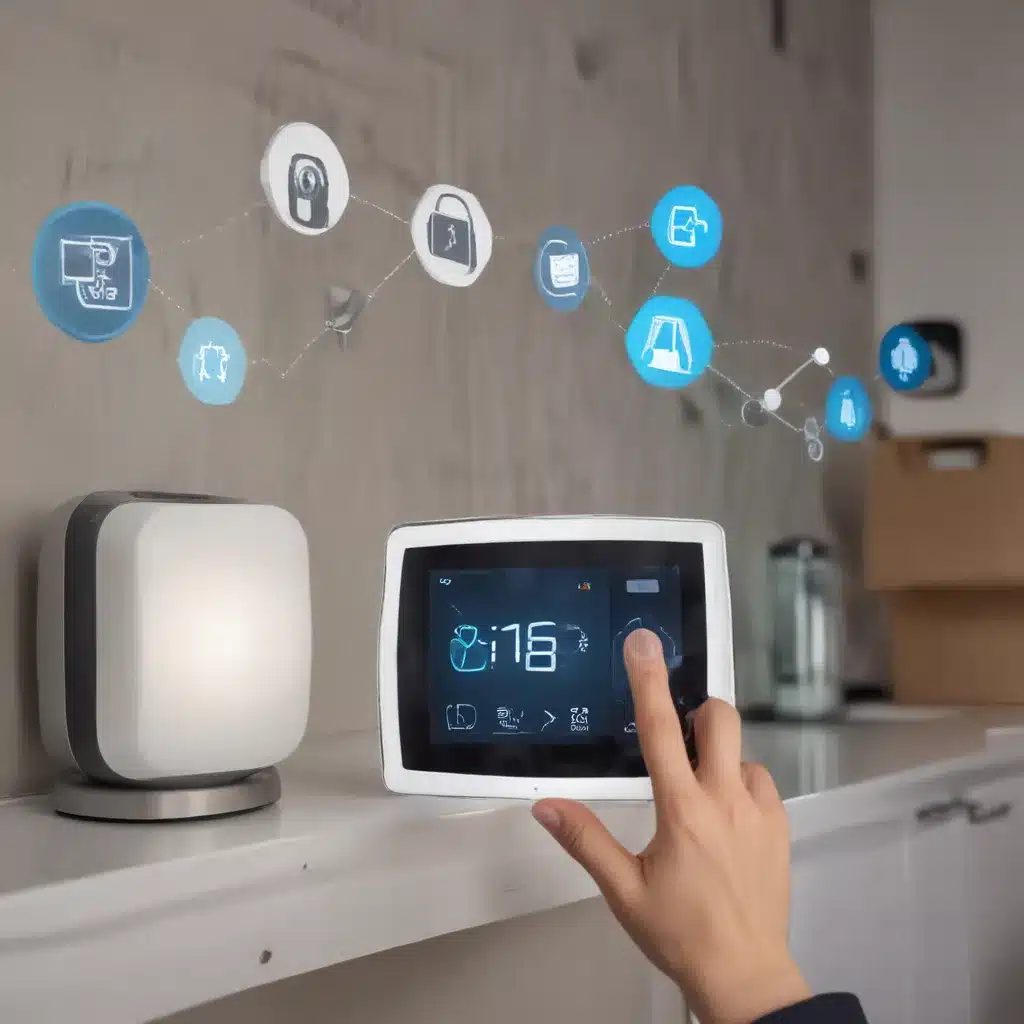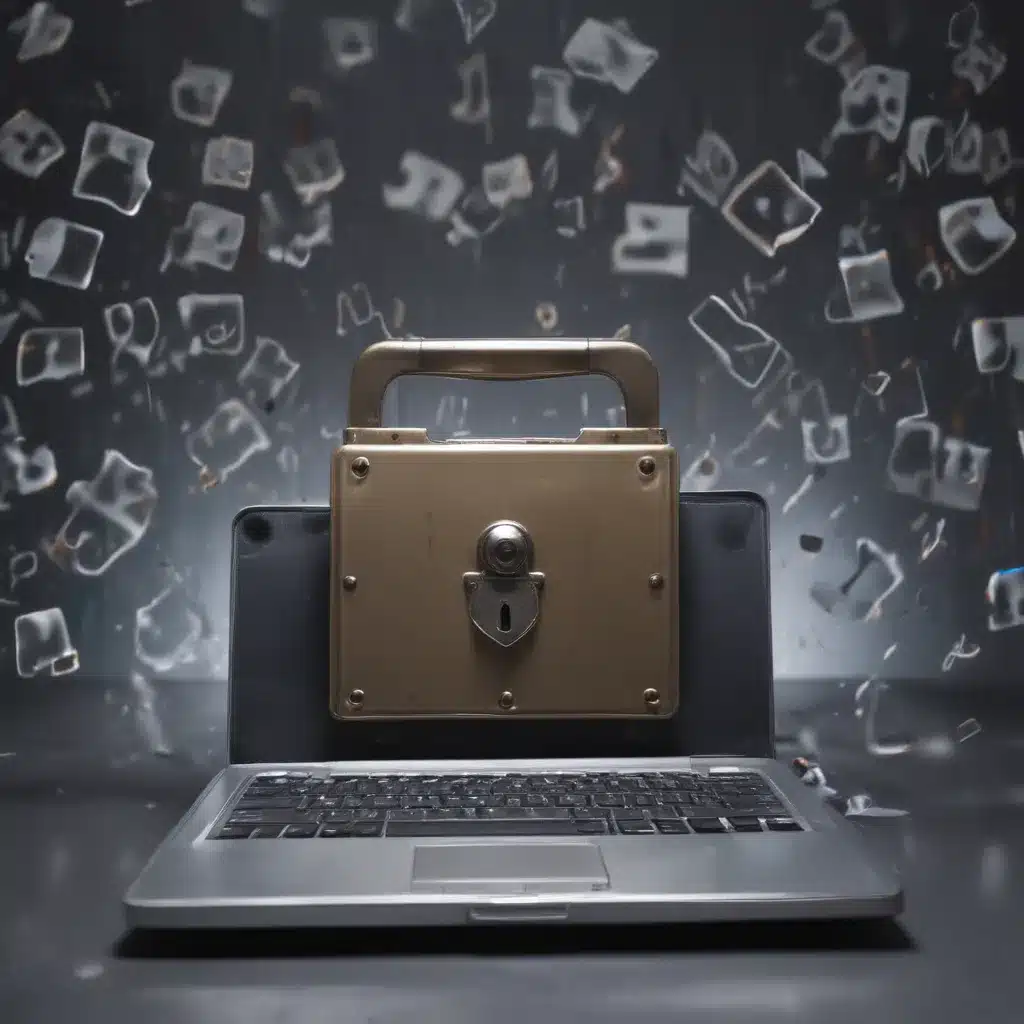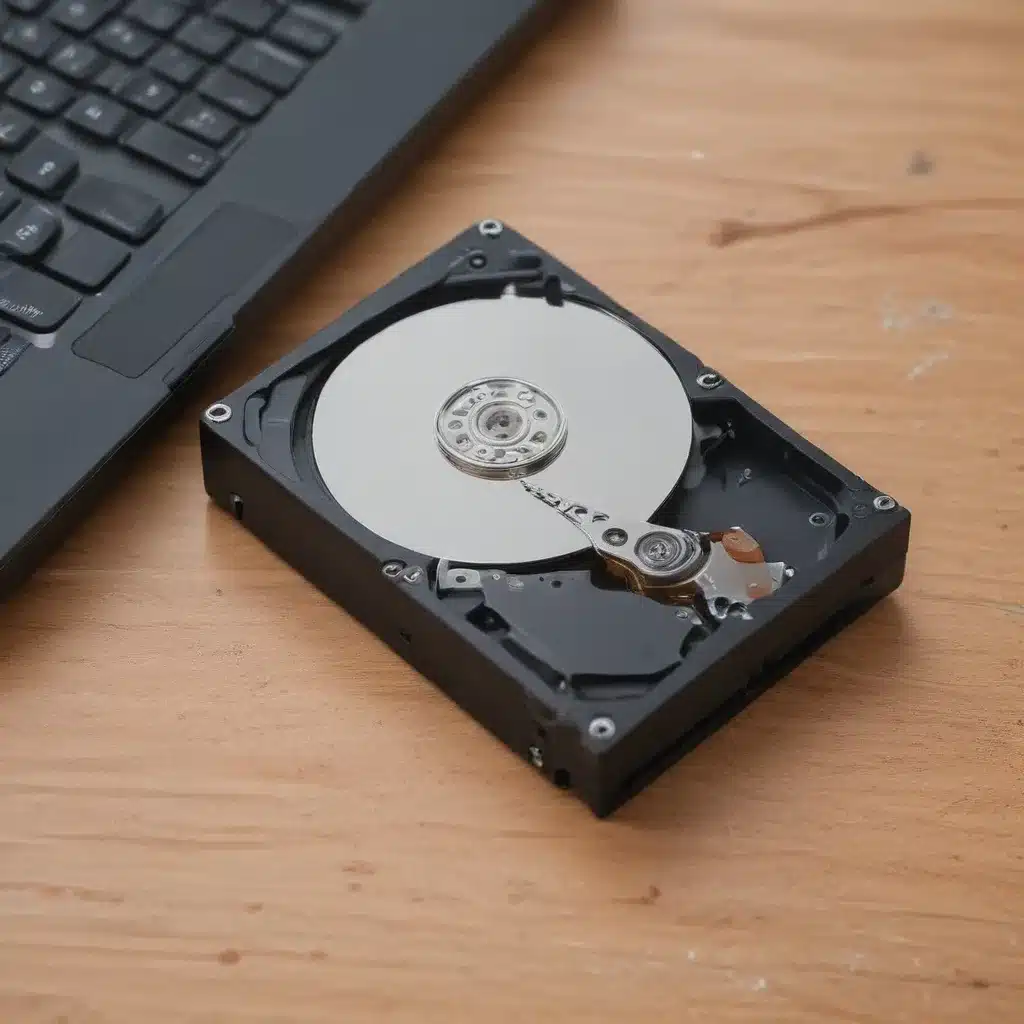Introduction
Having a secure home network is more important than ever in 2024. As I rely more on the internet for work, entertainment, and managing my smart home devices, I want to make sure my network is locked down against intruders and secure from data breaches. In this article, I will provide an in-depth look at how to set up a secure home network from scratch in 2024.
Choosing the Right Router and Firmware
The foundation of a secure home network starts with the router. Here are some things I considered when choosing a router for my home network:
-
Wireless Protocol – I opted for a Wi-Fi 6 router to take advantage of faster speeds, better range, and support for more devices. Wi-Fi 6 is the latest wireless standard.
-
Processor – I chose a router with a 1.5GHz quad-core processor or faster to handle gigabit internet speeds and multiple connected devices without lag. A powerful CPU helps with encryption too.
-
Memory – Look for at least 256MB of RAM for optimal performance under heavy usage. More memory enables faster transfer speeds.
-
Brand Reputation – I went with a major brand like Netgear, Linksys, or TP-Link that pushes regular firmware updates to patch security flaws.
-
Custom Firmware – Flashing OpenWRT or DD-WRT firmware replaces the stock firmware for more functionality and tighter security.
Overall, a high-end consumer router provides the best balance of performance, range, and security features out of the box. Flashing custom firmware improves it even more.
Securing Your Wireless Network
My home network is only as secure as its wireless security protocols. Here’s how I locked down my Wi-Fi network:
-
Encryption – I enabled WPA3 encryption on my Wi-Fi network for the strongest security. WPA3 is the latest standard and much improved over the older WPA2.
-
Automatic Updates – I enabled auto firmware updates on my router to automatically install the latest security patches. Keeping the firmware updated is critical.
-
Hidden SSID – I opted to hide my wireless network name (SSID). Although this isn’t completely secure, it helps prevent targeted attacks.
-
MAC Filtering – I set up MAC address filtering on my router to control which specific devices can join my network. This prevents unauthorized access.
-
Guest Network – I configured a separate guest Wi-Fi network with its own SSID and password for visitors. This keeps guests off my main network.
Setting Up a Hardware Firewall
For an added layer of security, I installed a dedicated hardware firewall device between my modem and router. Here are some benefits of setting up a hardware firewall:
-
Increased Protection – A hardware firewall adds a robust security barrier between the internet and my network. This provides much stronger protection than just relying on my router’s software firewall alone.
-
Network Segmentation – I can create VLANs to segment my network into zones, like an IoT zone for smart home devices. This separates and contains threats.
-
Security Protocols – Enterprise-grade hardware firewalls support advanced protocols like IPsec VPNs, load balancing, content filtering, and intrusion prevention that go beyond consumer router capabilities.
-
Logging and Monitoring – My firewall provides extensive logging and analytics to detect intrusions and monitor all network traffic flowing in and out.
For small networks, I recommend an entry-level business-class firewall like the FortiGate 30E. This offers an excellent balance of affordability and robust protection for my needs.
Securing Your DNS with Encryption
The Domain Name System (DNS) that translates domain names to IP addresses can be a vulnerability if left unprotected. Here’s how I hardened my DNS:
-
Firewall Protection – I ensured my firewall filters all outbound DNS queries to prevent DNS spoofing attacks.
-
Custom DNS Servers – I configured custom DNS servers on my router and devices like Cloudflare (1.1.1.1) or Quad9 (9.9.9.9) that offer malware blocking and DNS-over-HTTPS encryption.
-
DNSSEC Support – I enabled DNSSEC support on my DNS servers and clients. DNSSEC cryptographically validates DNS queries to prevent manipulation.
-
DNS Caching – I enabled DNS caching on my router to prevent DNS queries from leaking outside my network and speed up performance.
With DNS hardening steps like these, I can browse and connect to websites securely while avoiding spying, eavesdropping, and DNS hijacking attempts.
Using a Password Manager
One of the most important aspects of security is using strong, unique passwords for every account and service. A password manager helps me:
-
Generate Strong Passwords – I use the password manager’s generator to create long, random passwords for every account. This ensures passwords that are uncrackable.
-
Store Passwords Securely – The password manager stores all my passwords encrypted behind a master password. I don’t have to remember the passwords.
-
Fill Passwords Automatically – The password manager automatically fills in my saved passwords on websites and apps using browser extensions. This is extremely convenient.
-
Update Compromised Passwords – If a service I use gets hacked, the password manager can tell me which passwords were compromised so I can update them.
I went with the robust protection, convenience, and syncing capabilities of a cloud-based password manager like LastPass, 1Password, or Dashlane. This gives me access to my passwords on all my devices.
Protecting Smart Home Devices
Here are some best practices I followed to secure the growing number of smart home devices on my network:
-
Unique Passwords – I changed the default password on each device to a new complex one. Default passwords are hugely risky.
-
Automatic Updates – I enabled auto updates on every device to maintain the latest firmware and security patches.
-
VLAN Segmentation – I assigned all my IoT devices to a separate VLAN to contain any compromises to that segment only.
-
Disabled Universal Plug and Play – I turned off UPnP on my router to prevent devices from auto-configuring port forwards without my consent.
-
Limited Local Access – I don’t allow my IoT devices to have access to other devices on my local network. This limits what can be reached if hacked.
-
Monitoring Traffic – I frequently monitor my firewall logs for abnormal traffic coming from IoT devices, which could indicate a compromise.
With adherence to these best practices, I can comfortably add new smart home devices without jeopardizing the overall security of my network.
Using VPNs for Remote Access
As I access my home network frequently while traveling, a core component of my network security is a virtual private network (VPN).
Here’s how I configured my VPN setup:
-
SSL VPN – I chose to deploy an SSL VPN on my firewall given their ease of use and ability to avoid firewall blocking. Site-to-site IPSec VPNs are another good option.
-
Strong Encryption – I ensured AES-256 or stronger encryption is used to encapsulate and encrypt VPN traffic. This prevents MITM eavesdropping.
-
Multi-Factor Authentication – I require a second factor (like a one-time password) in addition to a username/password to connect to my VPN. This authenticated access.
-
Split Tunnel – My VPN is configured in split tunnel mode so that only devices and servers I specify will route through the VPN tunnel. This improves security and performance.
-
Device VPN Clients – I installed VPN software on all my mobile devices and laptops required to remotely access my home network. These auto-connect to my VPN.
With my hardened VPN setup, I can remotely work, manage my smart home, and stream media safely and privately from anywhere.
Backing Up Configurations Offsite
Finally, a secure network means little if I lose my firewall configurations or router settings in the event of device failure, damage, or loss. That’s why I take the following backup measures:
-
Cloud Backups – I have configured my firewall and router to periodically back up their configs and settings to encrypted storage in the cloud. This ensures offsite copies.
-
Local Backups – I also have scheduled local backups that create encrypted backup files I can store offline on a drive in a safe or my bank’s safe deposit box.
-
Recovery Media – I regularly create system recovery media/flash drives that I can use to restore my firewall or router from bare metal if needed.
With both cloud-based and local offsite backups, I can get back up and running quickly in the event of a catastrophe or hardware failure.
Conclusion
In closing, a secure network in 2024 requires vigilance across many fronts – choosing the right hardware, locking down wireless settings, hardening DNS, using password management, segmenting IoT devices, utilizing VPNs properly, and backing up configurations. With the steps outlined in this article, I have set up a hardened home network that helps me safely work from home, manage smart home devices, and enjoy online entertainment with confidence in its security. Maintaining awareness of new threats and continuing to apply security best practices as technology progresses will remain vital for protecting my home network going forward.













